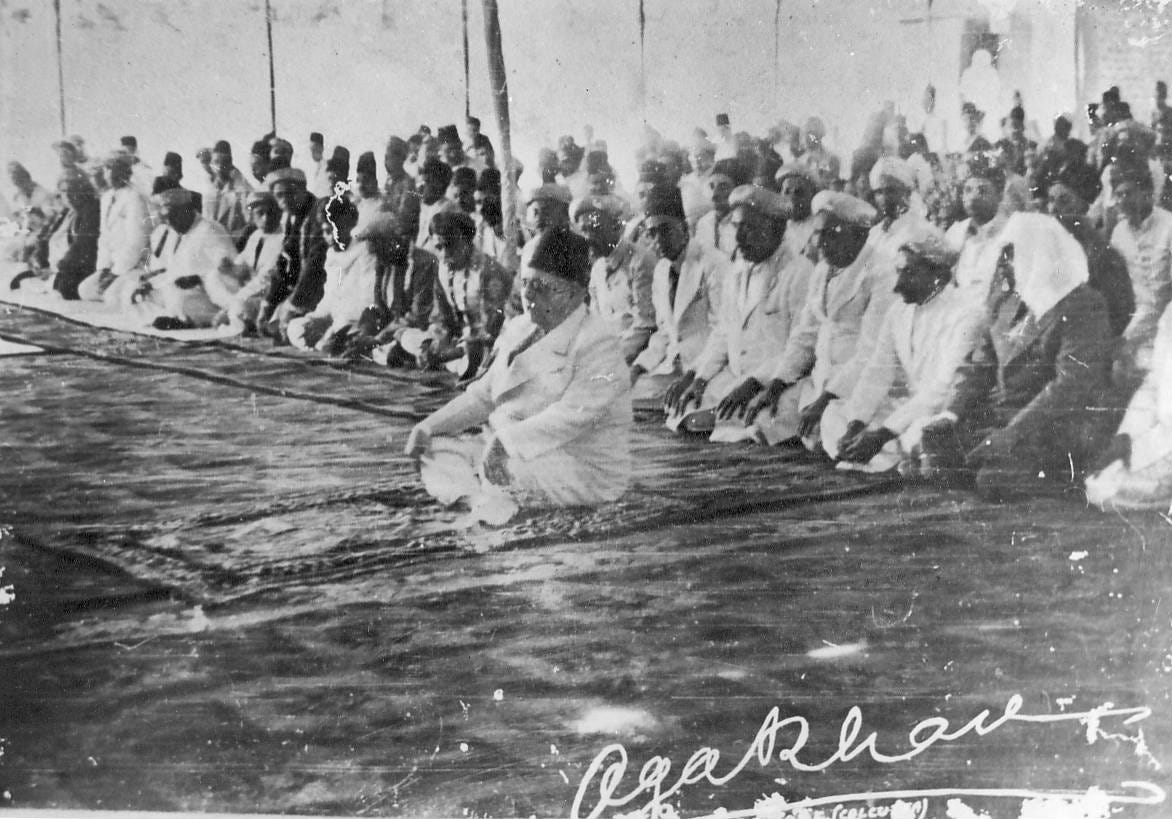Does Namaz have a Deeper Esoteric Meaning for Ismaili Muslims?
Namaz gestures each have a ta’wil (esoteric exegesis) explained by Ismaili Da‘is
Namaz, fasting and other exoteric (zahiri) practices are performed, but there is a special need to perform the esoteric (batini) practices. If one does not perform the esoteric (batini), then what is the use of Namaz, fasting, and other outer practices? They are of no use at all. If one performs the esoteric first, then Namaz, fasting, and worship will be beneficial.
Imam Sultan Muhammad Shah Aga Khan III,
(Zanzibar, July 5, 1899)1
Remain strong and firm in your faith. It is written in books that exoteric (zahir) means belief in outer aspects and the Exotericist (zahir parast) is not good, while the esoteric (batin) is that which is understandable by only an enlightened inner circle and the Esotericist is good. You too become an Esotericist (batin parast).
Imam Sultan Muhammad Shah Aga Khan III,
(Zanzibar, August 29, 1905)2
Ismaili Muslims recite the Holy Du‘a as their mandatory prayer as per the guidance of the Imam of the Time. However, Ismailis also pray the Namaz or traditional salat on various occasions including ‘Id al-Adha, ‘Id al-Fitr, and funerals. Some Ismailis may attend Friday prayers with other Muslims in specific countries. Pre-modern Ismailis in the Fatimid and early Alamut period performed the Namaz five times per day as an obligatory act of worship. According to age-old Ismaili teachings from the Ismaili Imams and high-ranking Da‘is, the Namaz ritual and its particular gestures have a deeper meaning known as ta’wil and batin.

This article explains the inner meaning (batin) or ta’wil of the Namaz ritual based on two Ismaili Da‘wah primary sources from the Ismaili intellectual tradition: Sayyidna Abu Ya‘qub al-Sijistani’s Ithbat al-Nabuwwat (The Proofs of Prophecy) and Sayyidna Nasir-i Khusraw’s celebrated work titled Wajh-i Din (The Face of Religion).



